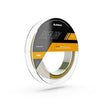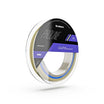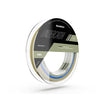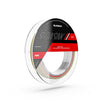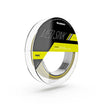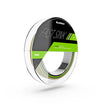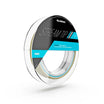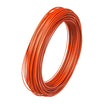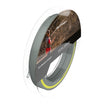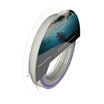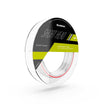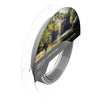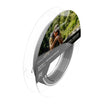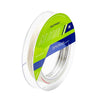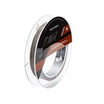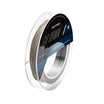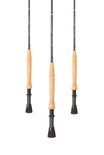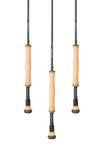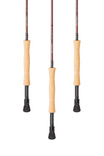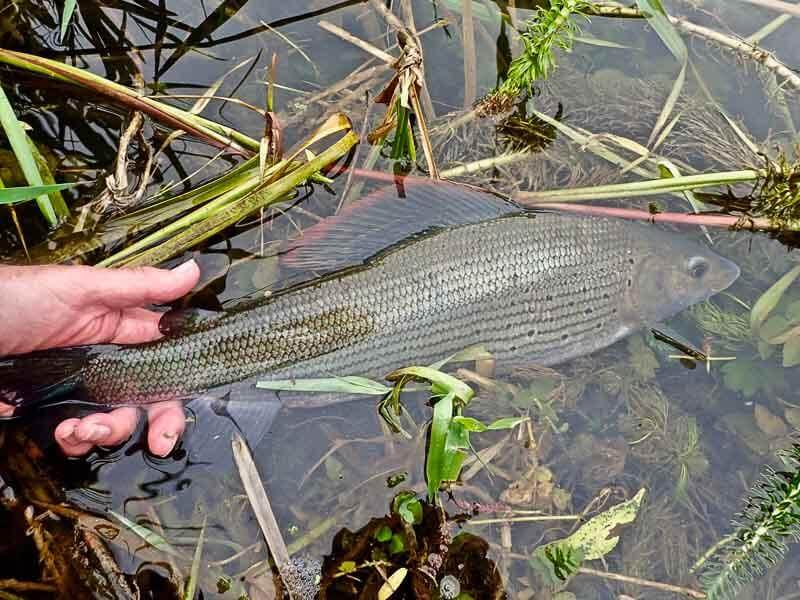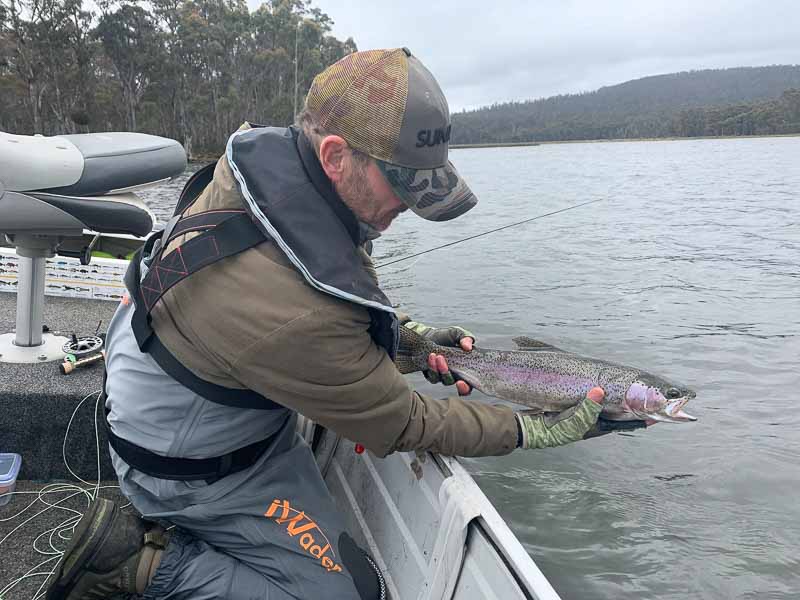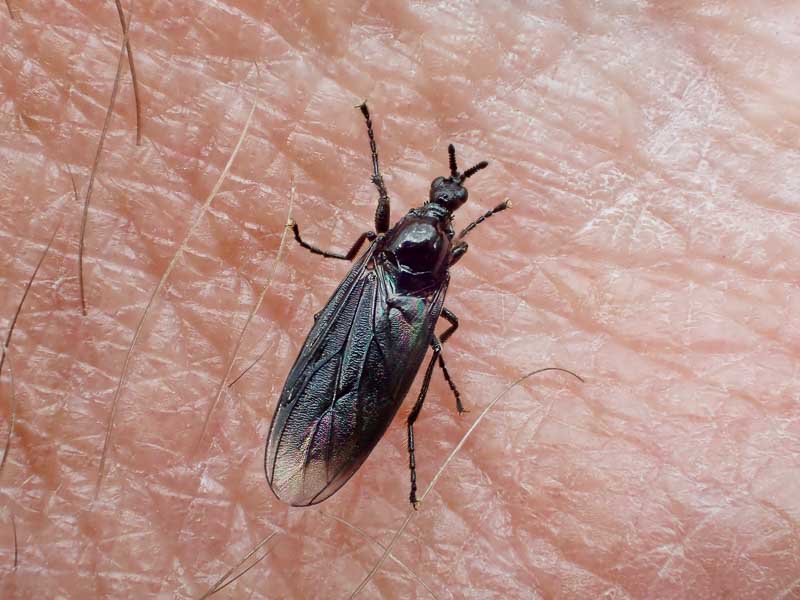By Dave Southall
A very happy & productive New Year for 2020 to all Sunray addicts. I’ve been looking back on my fishing in 2019: it was a very strange year. It was one of my best years of fishing despite drought, floods, preoccupied feeding on microscopic flies & the fact I never went on my usual annual fishing trip abroad.
January & February saw most of my fish falling to tiny dry flies since both the rainbows at my local small still water & the grayling the industrial Yorkshire Rivers (which were low & suffering from the drought) were regularly preoccupied with tiny Midges, particularly on the mild, dull days. My Volition 10’ 2 weight & Sunray Zero rods combined with my Sunray Jeremy Lucas 1 weight or Micro nymph line saw a lot of activity. January, which is normally a slow month for me, was epic with over 200 fish landed.
March started mild & dull & I had another great day with industrial river grayling on a size 26 CdC IOBO Humpy with the 10’ 6” Zero rod, a micro nymph line & 12’ leader. Other than a couple of frosts it was another mild month & plenty of Wansford Lake rainbows succumbed to tiny dry CdC flies & a mixture of subsurface offerings. From the 25th onwards the river trout season had started & again thanks to mild conditions & a few Large Dark Olives I had plenty of action with a size 18 CdC IOBO Humpy, only rarely resorting to nymphs & spiders.
April was a little disappointing since in my area Large Dark Olive hatches were sparse & irregular. Late in the month there were a few Black Gnats & Hawthorn flies, but most of my 106 trout were caught on a size 18 or 20 CdC IOBO Humpy. My best session was an opportunistic one; I’d visited a very small stream with my 7’ 6” 1 weight rod & 1 weight Jeremy Lucas line only to find that the fishing was very slow, so I went to one of the club’s ponds & found a couple of the resident wild brown trout cruising the margins. A size 20 Sawyer Pheasant Tail nymph accounted for both (2lb 12oz & 3lb 2oz); great fun on a 1 weight rod!!!!
May, like January, was another epic month. On Driffield Beck there were a few Black Gnats, Hawthorn Flies & small Olives, just enough to get the fish looking up & I caught plenty of fish including some stunning wildies up to just over 3lb, virtually all on either a Hawthorn Fly or a size 20 CdC IOBO Humpy. On the North Yorks Moors streams that I fish water levels were getting very low. Early in the month Hawthorn Flies, Size 20 IOBO Humpies & Elk Hair Caddis accounted for most of my fish. However late in the month vast numbers of aphids appeared on the fresh foliage of both alder & sycamore trees & the fish became virtually totally preoccupied with them, even when there was a decent hatch of big mayflies (Ephemera danica). Any dry fly bigger than size 26 was generally ignored & a size 30 proved to be more effective than a size 26. Soft 1 weight or 2 weight rods, 1 weight or 0 weight lines & long leaders ending in 0.09mm tippet were essential for effectively fishing such tiny flies. The month ended with 346 trout landed.
The last day of May & early June on the Yorkshire Rye saw some huge hatches of big mayflies (E. danica). There were so many flies on the water that the biggest challenge was tempting a trout to take an artificial. I only managed to land 20 trout in 15 hours of fishing but did catch my biggest ever, wild North Yorks Moors trout, a stunning male of 4lb 12oz. On the other North Yorks Moors streams aphids were still the most significant food that the trout were taking, often in preference to the mayflies.

June, too, was an incredibly productive month despite very low water levels. I needed to use varied tactics (virtually all dry fly) on the wide range of waters that I visited. Highlights were a day on the Derbyshire Lathkill, a gin-clear limestone stream, fishing for some very spooky fish with F Flies, daddies & Black Gnats; the capture of 2 big grayling, 2lb 11oz & 3lb 0oz from Driffield Beck (one on a size 20 Black Bead-head Hare’s Ear Nymph & the other on a UVSP Shrimp) & my biggest wild trout of the year, 4lb 14oz that took an orange Glen Pointon Soft Touch Shrimp from Driffield Beck.
July was also fantastic despite even lower water levels on both my local chalk streams & North Yorks Moors streams. A size 16 F Fly was my most effective pattern as small Long-horn Sedges were abundant on most waters. I also had an opportunistic barbel of just under 5lb that I tempted with a Copper-head Partridge & hare’s Ear Spider; great fun on an 11’ 3 weight rod!!!
August has the reputation for being a dour month but I rarely find it to be so & excellent fishing continued throughout the month. The most memorable fishing was on the chalk streams of East Yorkshire and particularly 3 days on the Upper Itchen thanks to some very kind folks who allowed me to fish their private beats. Against all conventional wisdom the best time to fish, when there were regularly rising fish was between 11am & 2pm on bright sunny days. Virtually all of my chalk stream trout fell for a size 14 F Fly or Elk hair Caddis although a number of stunning Itchen grayling fell to a sight-fished Pink Shrimp gently lifted as it reached the fish.

September is reputed to be one of the best months of the year but not so for me in 2019. The rivers were frighteningly low & clear with little flow. Nevertheless I had some enjoyable but challenging fishing on waters ranging from the Welsh Dee to a small local East Yorkshire chalk stream. I had to ring the changes, fishing dry flies from size 30 Midges/Aphids to size 14 Daddies, Spiders, Shrimps & nymphs in order to tempt some very spooky, fussy fish.
October was disappointing with my local rivers high & coloured much of the time (I’d prayed too hard for rain all summer!!!!). Much of my fishing was on my local small still water fishing size 26 to 30 CdC Midges to rising rainbows with my Volition 10’ 2 weight & a 0 weight Jeremy Lucas line, 14’ leader ending in 0.09mm diameter tippet. I did manage a few sessions on the rivers after grayling alternating between a Pink Shrimp plus Silver Bead Partridge & Hare’s Ear Spider nymphing & a size 20 Shuttlecock when the fish were rising which accounted for over 60 grayling up to 2lb 4oz.
November was a total washout with only a 1 hour session on a very swollen & coloured Pickering Beck (just 1 out of season trout caught) & a number of still water trips fishing small CdC Midges when the fish were rising & pink or brown Squirmy Worms when they were not.
December continued with the rivers unfishable most of the time & I only managed 4 short river sessions on rivers that were in most cases still quite high & coloured, but I managed to land 19 grayling, mostly on Pink Shrimps & Orange Utah Killer Bugs. Otherwise it was a case of short sessions on my local small still water. I am pleased to say that my last fish of 2019, on the 31st of December, a grayling, was caught on a size 20 CdC Shuttlecock during a very brief hatch of Large Dark Olives.
2019 was an atypical year that provided some fascinating & challenging fishing & that produced some quality fish. However at least as good as the fish caught was the great company of my many good friends who either joined me on my waters or whom I joined on their waters thanks to their generosity. I hope that 2020 proves to be as good for all of you as 2019 was for me.



